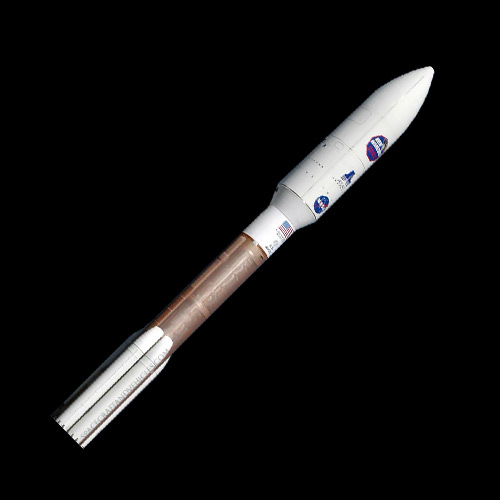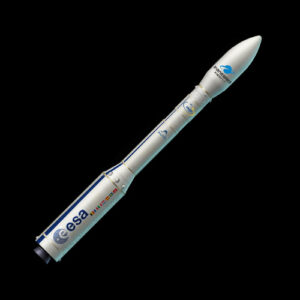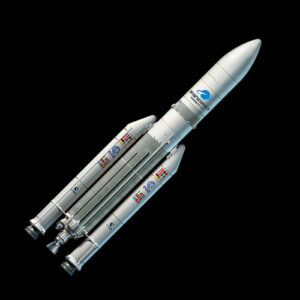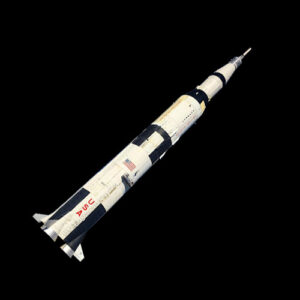The Atlas V rocket, developed by United Launch Alliance (ULA), serves as a versatile and reliable launch vehicle for a wide range of payloads, including satellites, space probes, and crewed spacecraft. With a legacy dating back to the early days of space exploration, the Atlas V has achieved numerous milestones and continues to play a crucial role in advancing scientific discovery and national security.
Design and Construction
The Atlas V features a modular design, with interchangeable components allowing for customization based on mission requirements. Constructed primarily of lightweight materials such as aluminum and titanium, the rocket incorporates advanced engineering solutions to optimize performance and reliability, including robust avionics systems and precise guidance controls.
Mission Objectives
The primary objective of the Atlas V is to deliver payloads to various orbits, including geostationary, polar, and interplanetary trajectories. Secondary objectives include supporting scientific research, commercial satellite deployment, and crewed space missions to the International Space Station (ISS).
Launch and Deployment
The Atlas V is launched from Space Launch Complexes (SLC) at Cape Canaveral Space Force Station in Florida or Vandenberg Space Force Base in California. Notable achievements include launching the Mars rovers Spirit and Opportunity, as well as numerous national security and commercial satellite missions.
Technical Specifications
- Dimensions: Height – Up to 68 meters, Diameter – 3.81 meters
- Weight: Varies based on configuration, typically around 334,500 kilograms
- Payload Capacity: Up to 20,520 kilograms to low Earth orbit (LEO)
- Propulsion System: Liquid oxygen/kerosene engines
- Power Source: Not applicable
- Instruments and Equipment: Payload fairings, guidance systems, and telemetry equipment.
Current Status
As of today, the Atlas V remains an active and reliable launch vehicle, with ongoing missions supporting various scientific, commercial, and government objectives. Future plans may involve continued enhancements to payload capacity and operational efficiency, as well as potential upgrades to support crewed missions beyond Earth orbit.





